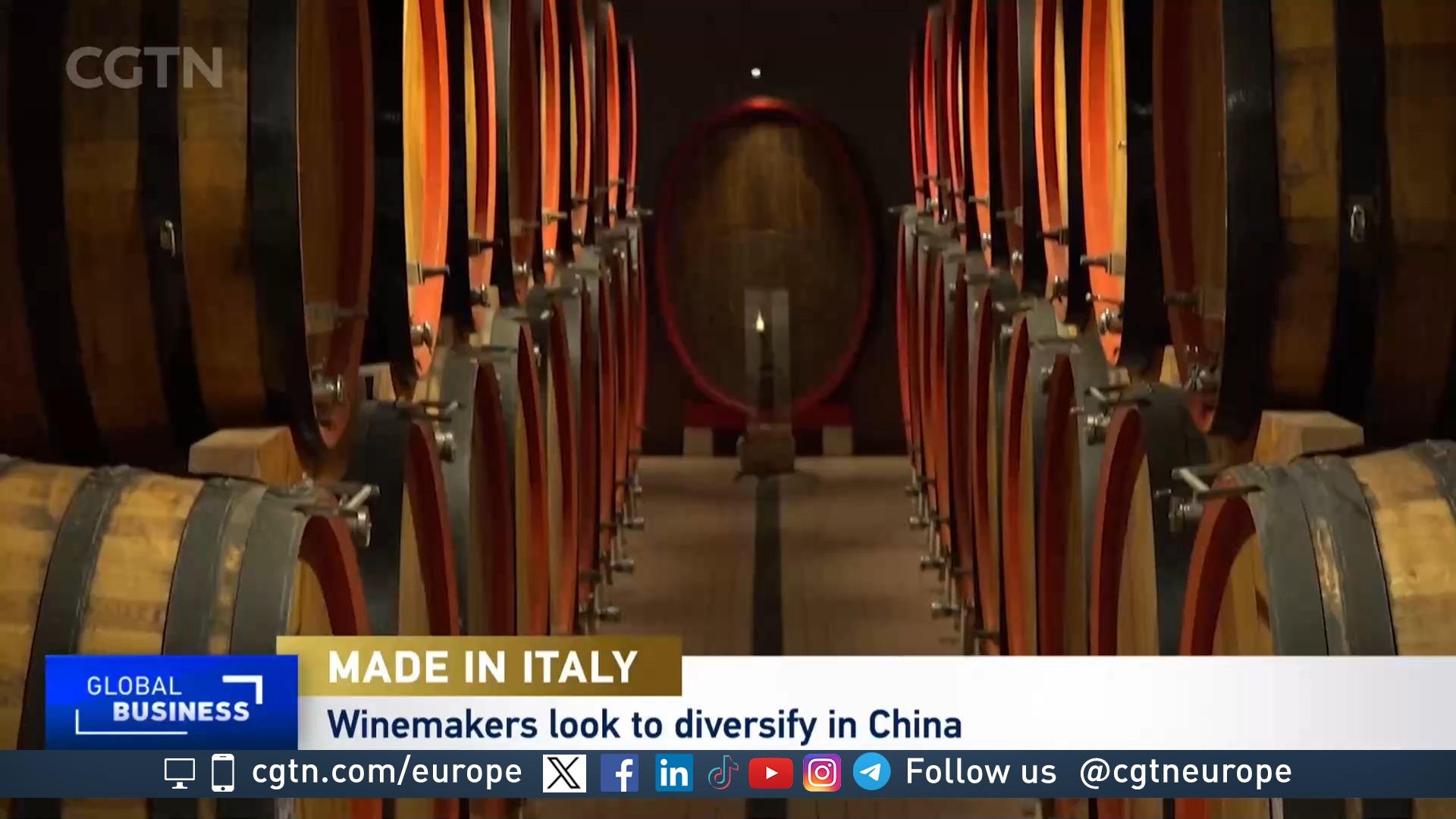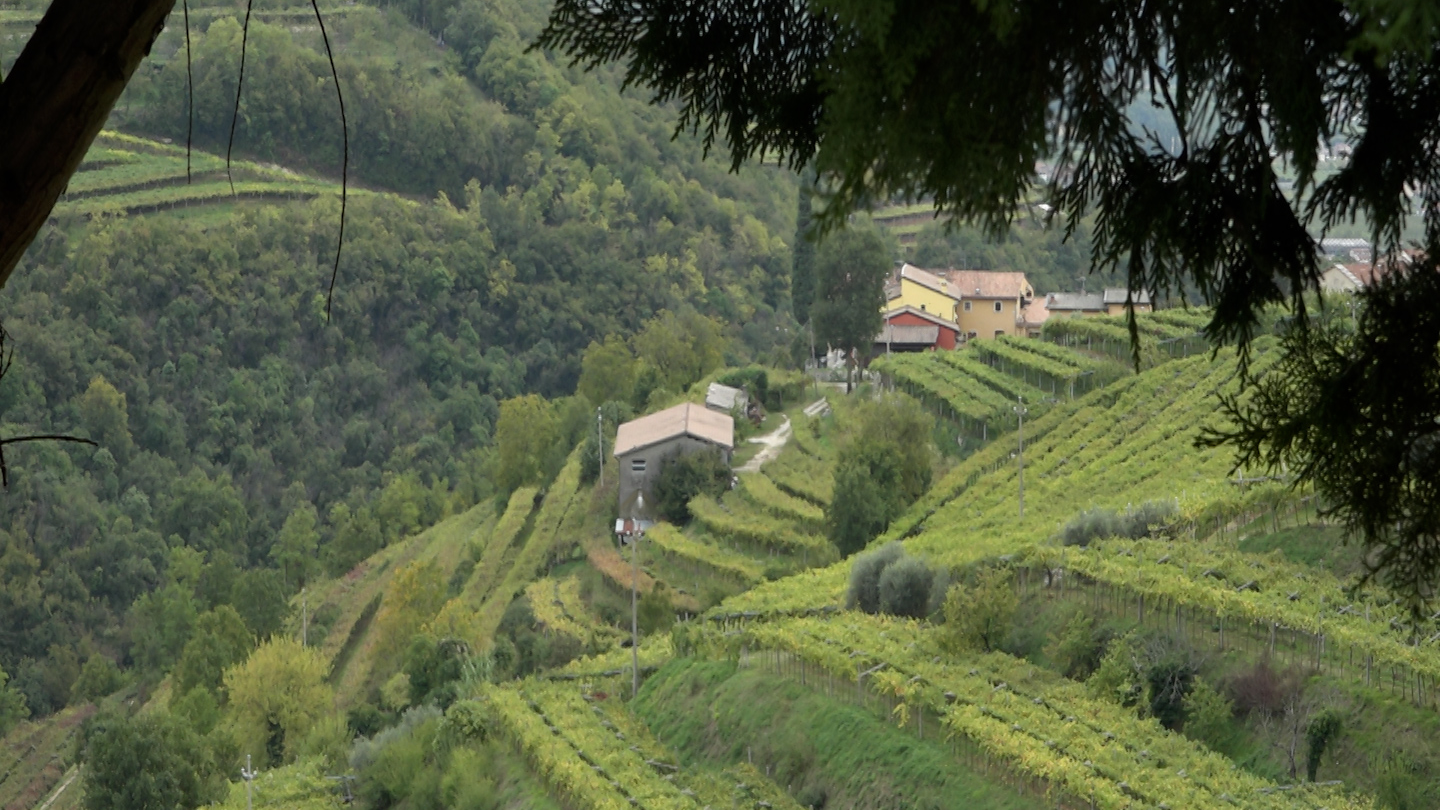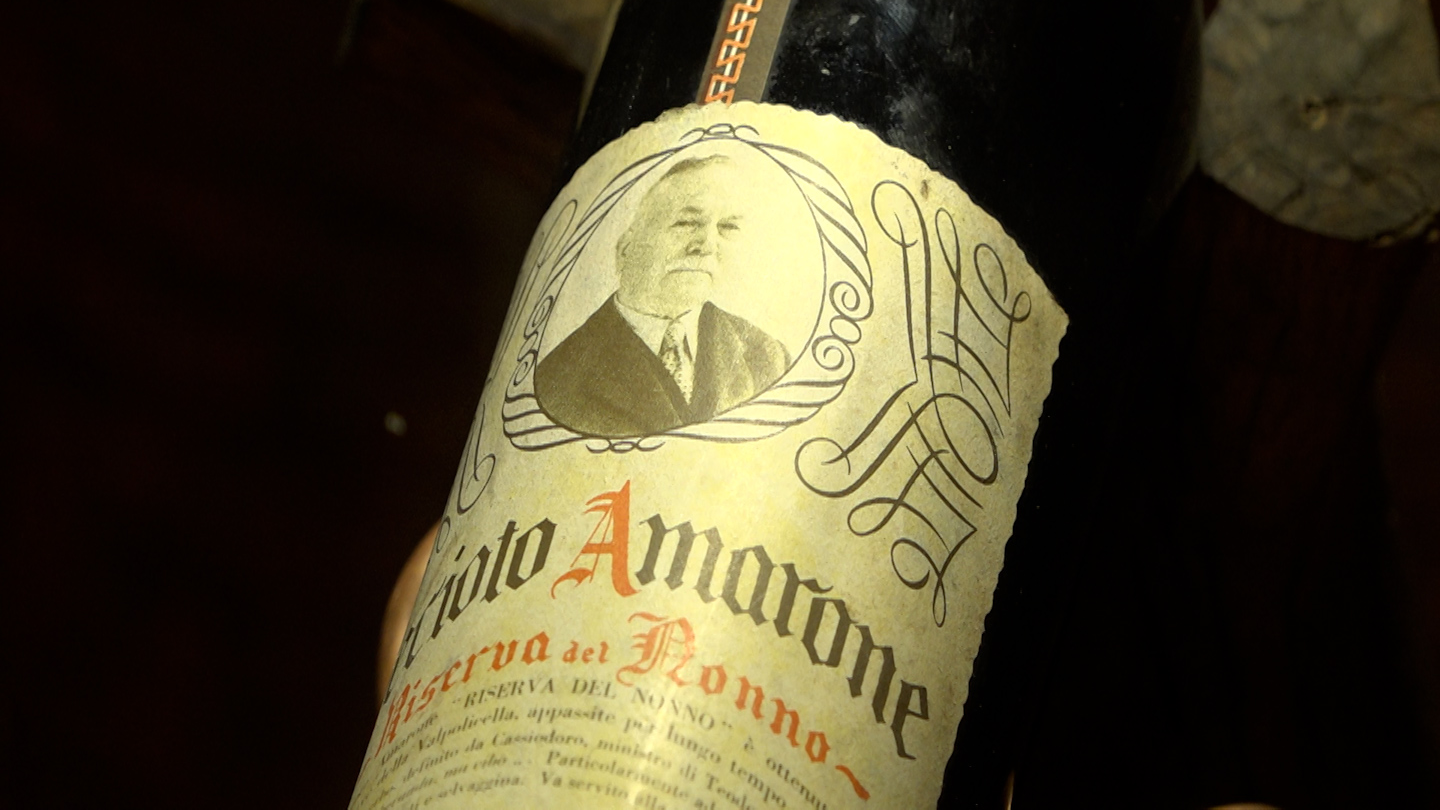02:56

Gruppo Italiano Vini (GIV), one of the most important entities in Italy's wine industry, also attaches great importance to the Chinese market.
The group consists of 14 wineries located in Italy's most significant wine regions. Of the group's products, those marketed under the Bolla brand are the most sought after in China, according to Paolo Oliviero, GIV's export manager.
Oliviero said that exports to China represent a significant share of GIV's business. "Considering the success of the Bolla brand, we are seeking to expand the presence of other brands that we believe are particularly suitable for the Chinese market," he said.
READ MORE
UN experts warn of 'grave risk of genocide' in Gaza
Türkiye celebrates centenary amid signs
Words of Wisdom
In the past five years, the volume of bilateral trade between China and Italy soared from 50 billion U.S. dollars to nearly 80 billion dollars, while Italy's exports to China jumped about 30 per cent, official data showed.
In the vast cellar underneath the Bolla winery in Italy's northern Veneto region, thousands of liters of Amarone wait for their moment. The red wine can only be bottled after spending five years in enormous wooden barrels, arranged in neat rows with labels showing the vintage.
"Amarone is a wine that has unique characteristics, unique in terms of the method and unique for the taste expressions that it has: for the scents of dried fruit, cherries and red fruits, and for its extraordinary ability to age well," said Christian Zulian from Cantina Bolla, standing with his hand resting on one of the dozens of wooden barrels in the cellar.

A vineyard growing grapes for the Bolla winery in northern Italy. /FSN
A vineyard growing grapes for the Bolla winery in northern Italy. /FSN
Bolla produced its first bottles of Amarone in the early 1950s and now the winery sells its products in 75 countries, including China. It will be represented at this year's China International Import Expo (CIIE) in Shanghai, which kicked off on Sunday.
"Bolla is the most important brand that we have in China so far," said Oliviero with GIV owning Bolla and several other top wineries. High-end red wines like Amarone have traditionally sold well in the Chinese market.
While Oliviero says the group still sells far more wine in the U.S. than China, it sees big potential there. "In our group there are some other interesting wineries, Sicily, Rapitala for example, and one of our targets should be also just to introduce something else from Italy… Bolla is doing very well and we hope to extend this business model to other wineries and to other products for the Chinese market," he insisted.
All about patience
Like developing new markets, winemaking is all about patience. As he demonstrated how freshly-harvested grapes are dried out for several months before being made into wine, Zulian from Bolla explained this year's harvest has been decent if not spectacular.
However, it has been a tough year for the Italian wine industry overall. Due to a combination of extreme weather events and disease damaging many vines, Italy is forecast to produce 12 per cent less wine than it did in 2022.

Bolla bottled its first vintages of Amarone red wine in the early 1950s. /FSN
Bolla bottled its first vintages of Amarone red wine in the early 1950s. /FSN
Italian wines have benefited from brand protection in China due to a deal reached with the European Union in 2020. "At a global level Italy has always been seen as a country where we drink and eat excellently. It must be said that the Asian market, and especially the Chinese market, is increasingly appreciating our products," Vincenzo Carbone, from the Università degli Studi Internazionali di Roma.
Subscribe to Storyboard: A weekly newsletter bringing you the best of CGTN every Friday